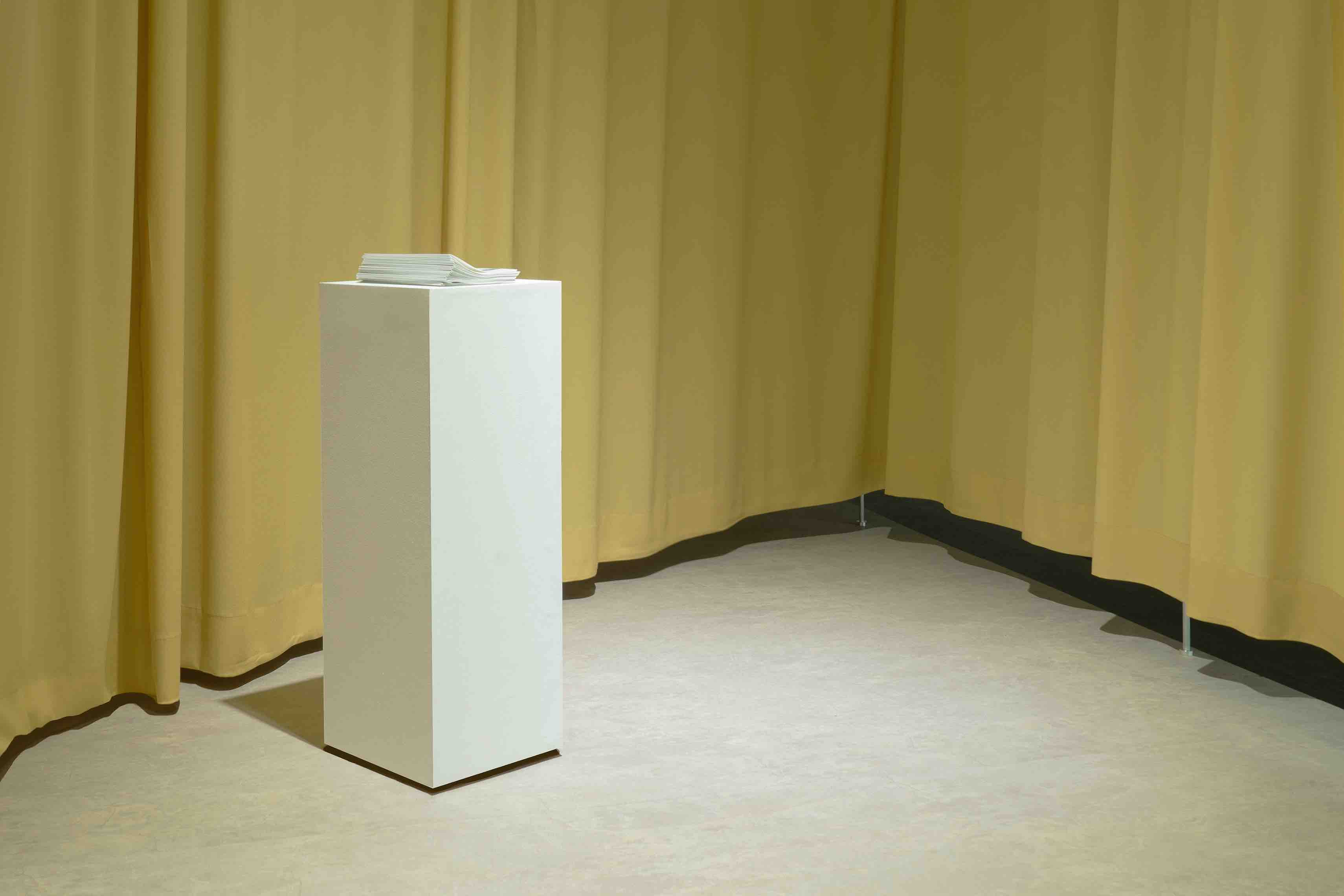
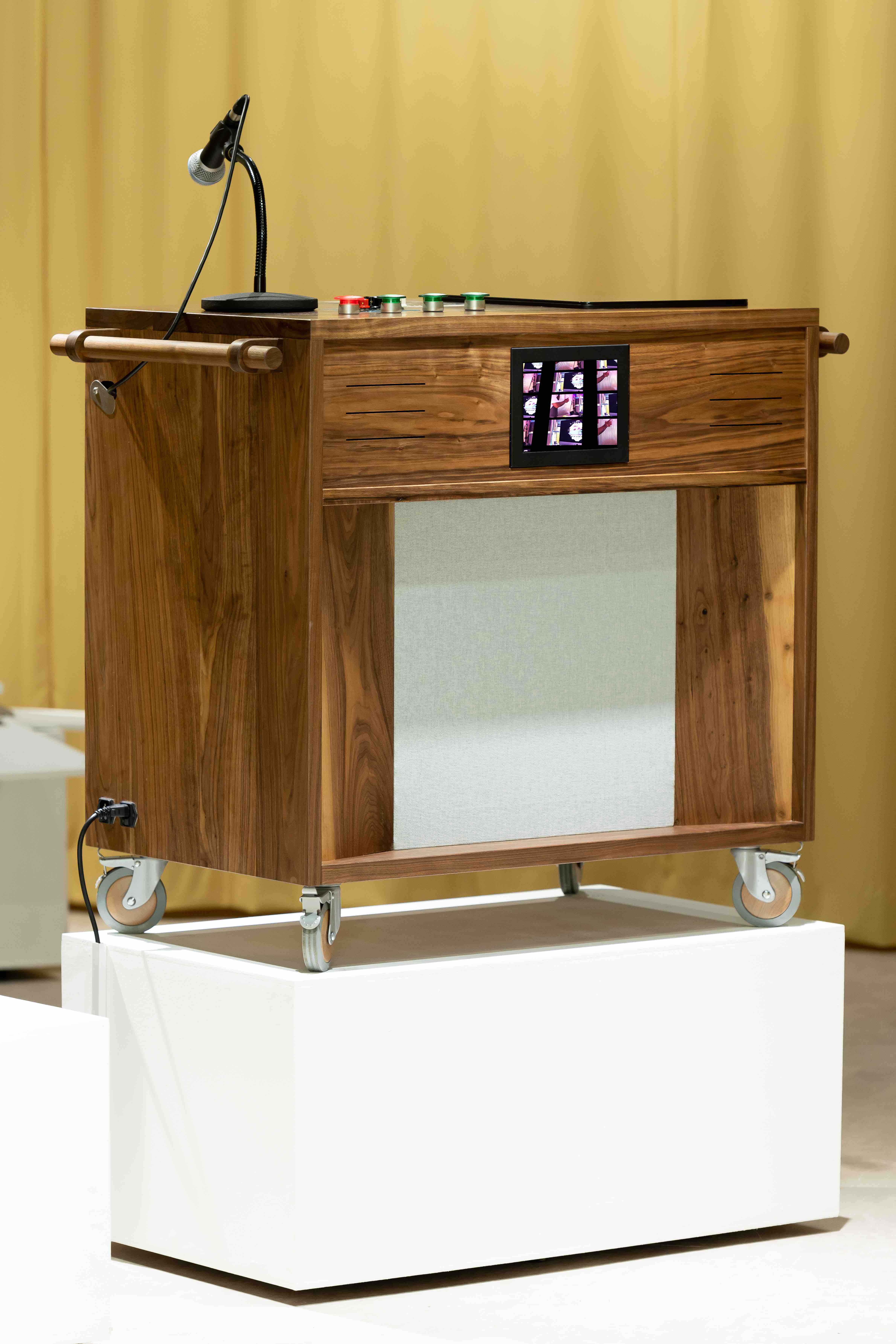
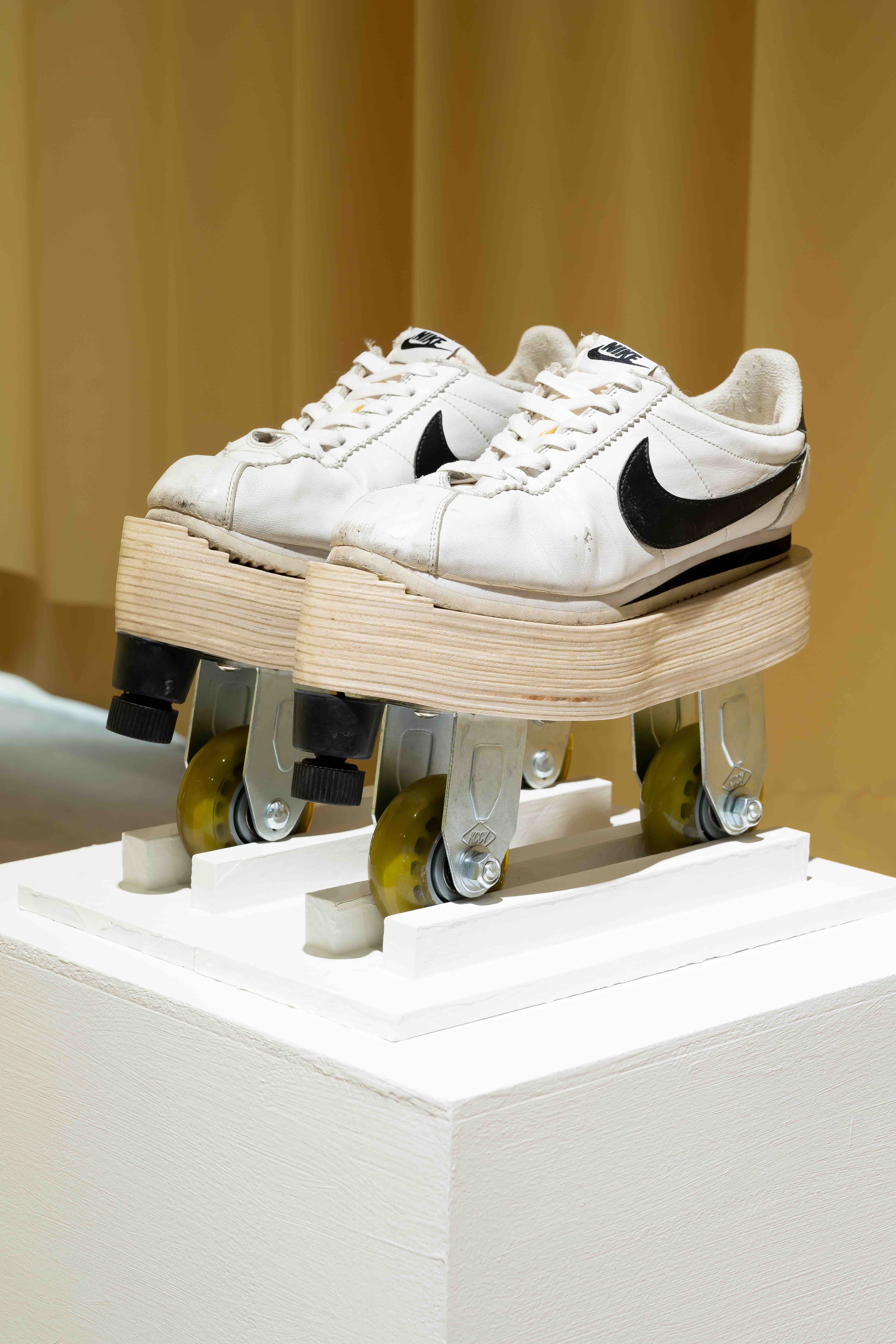
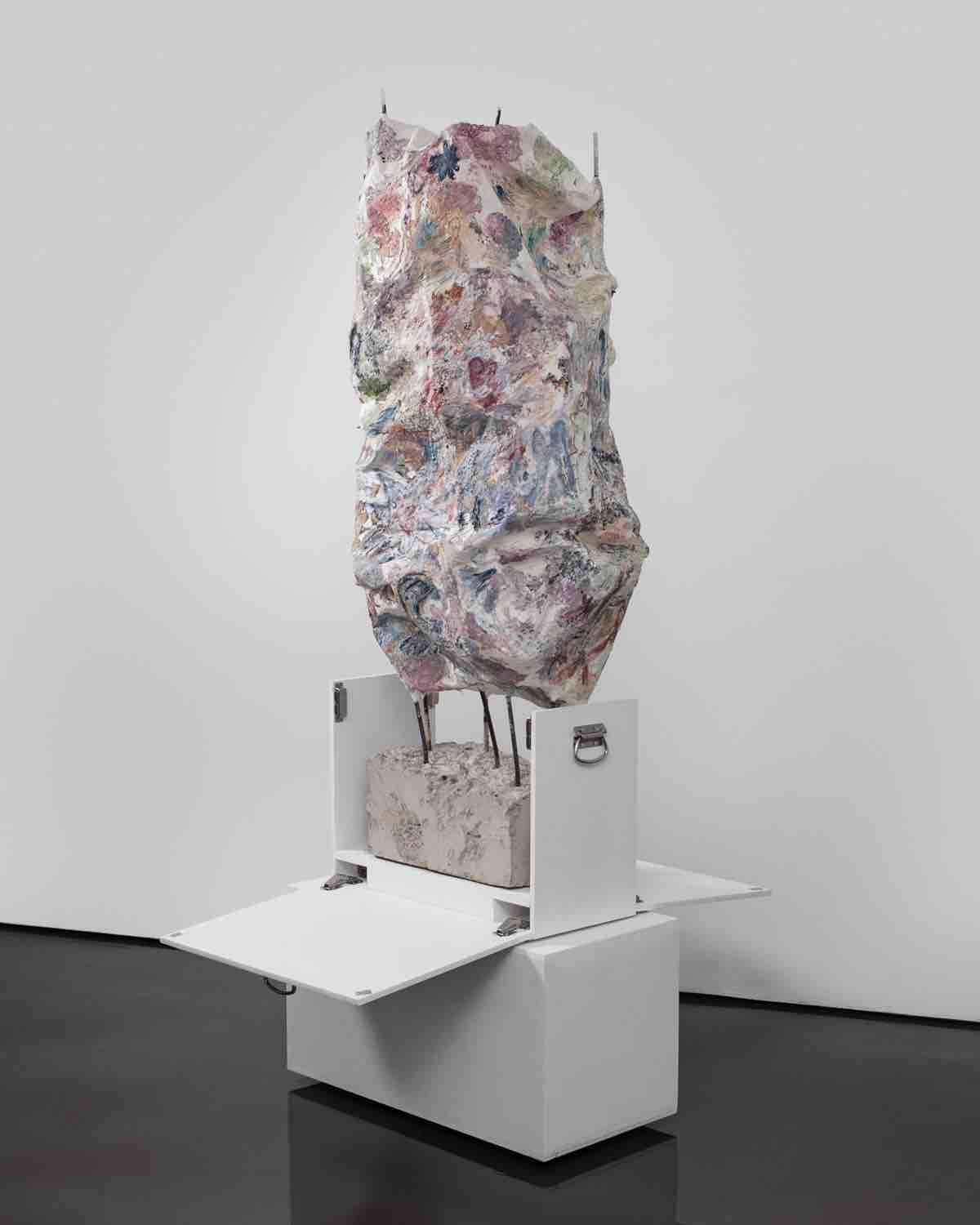
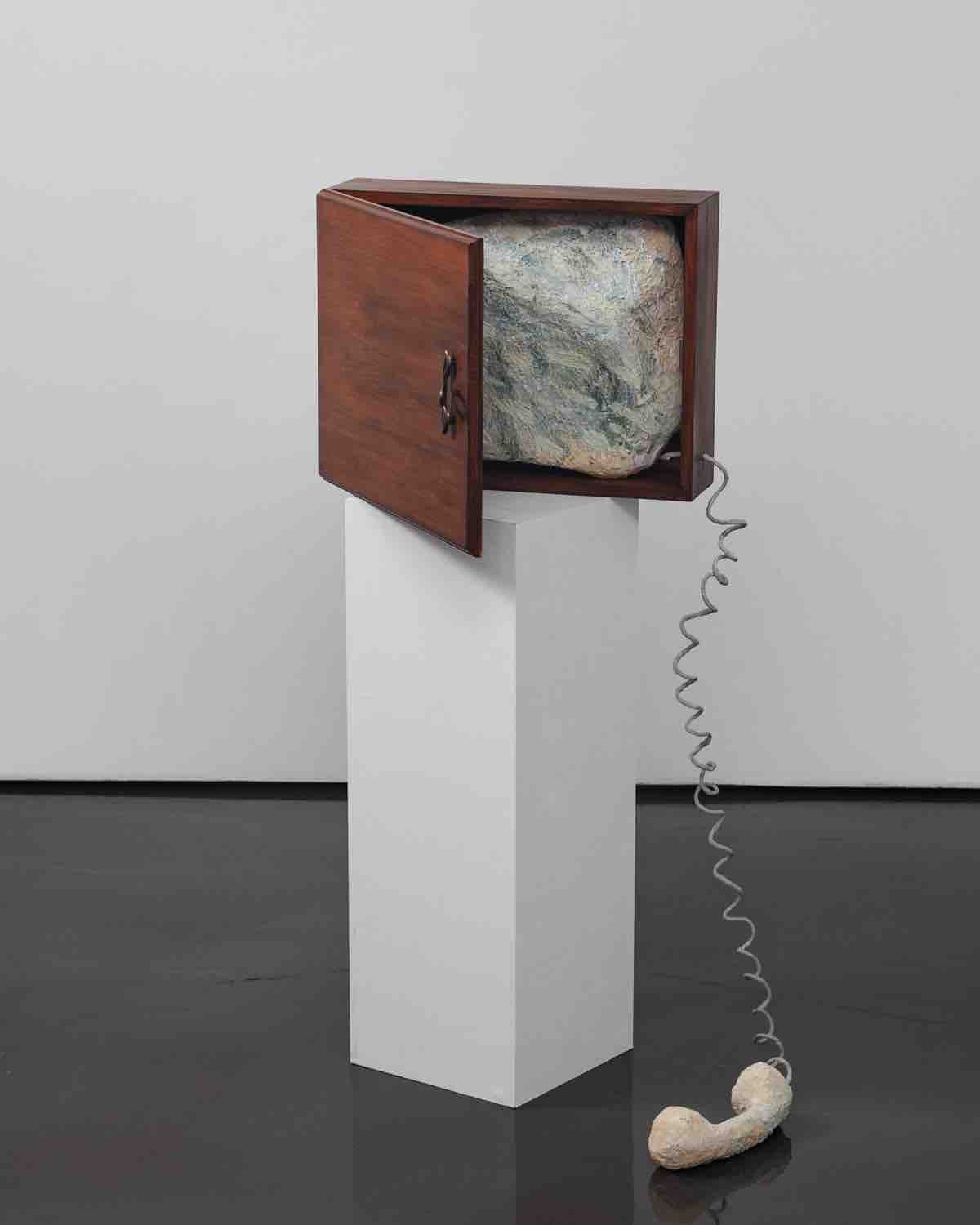
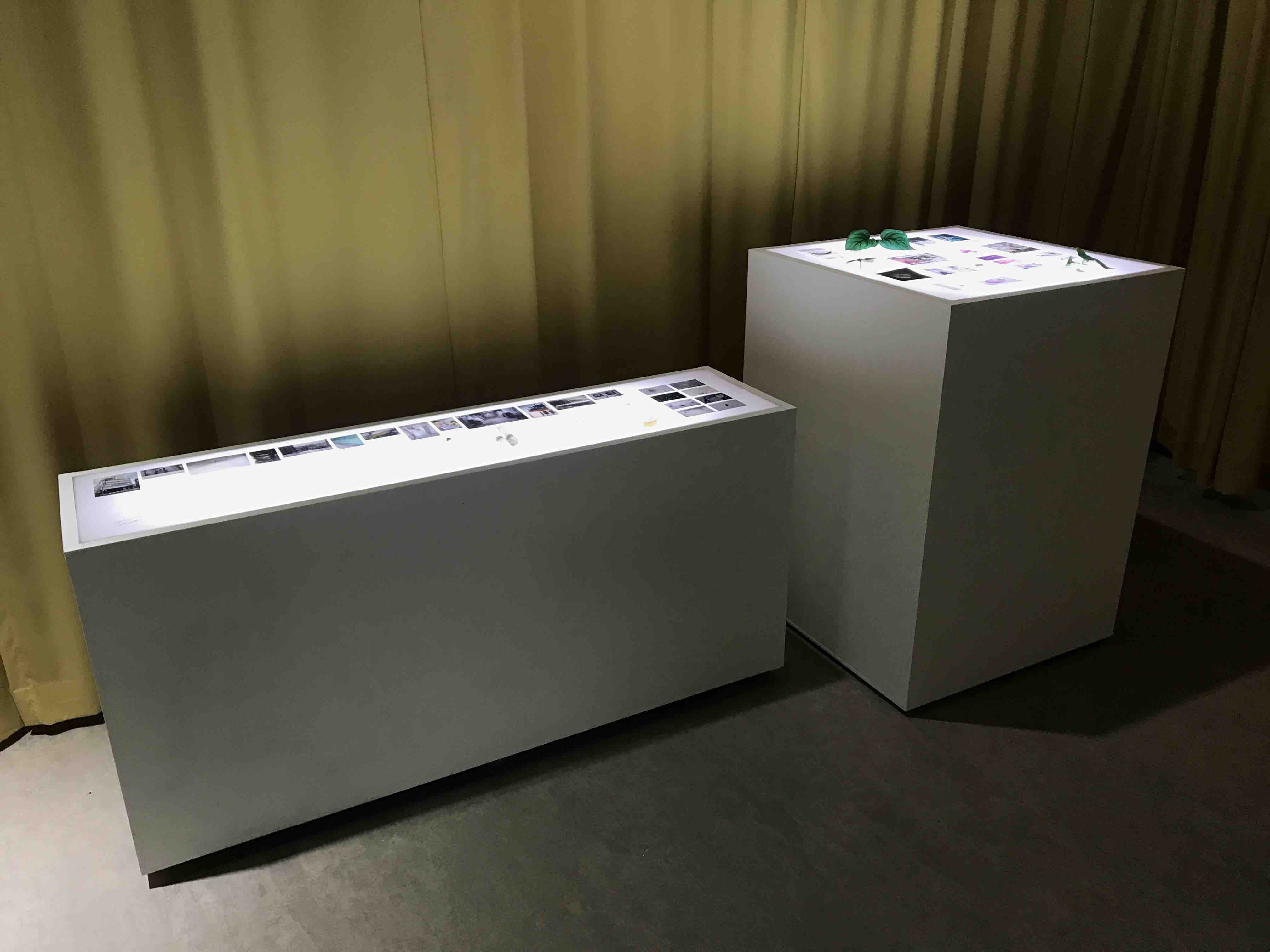
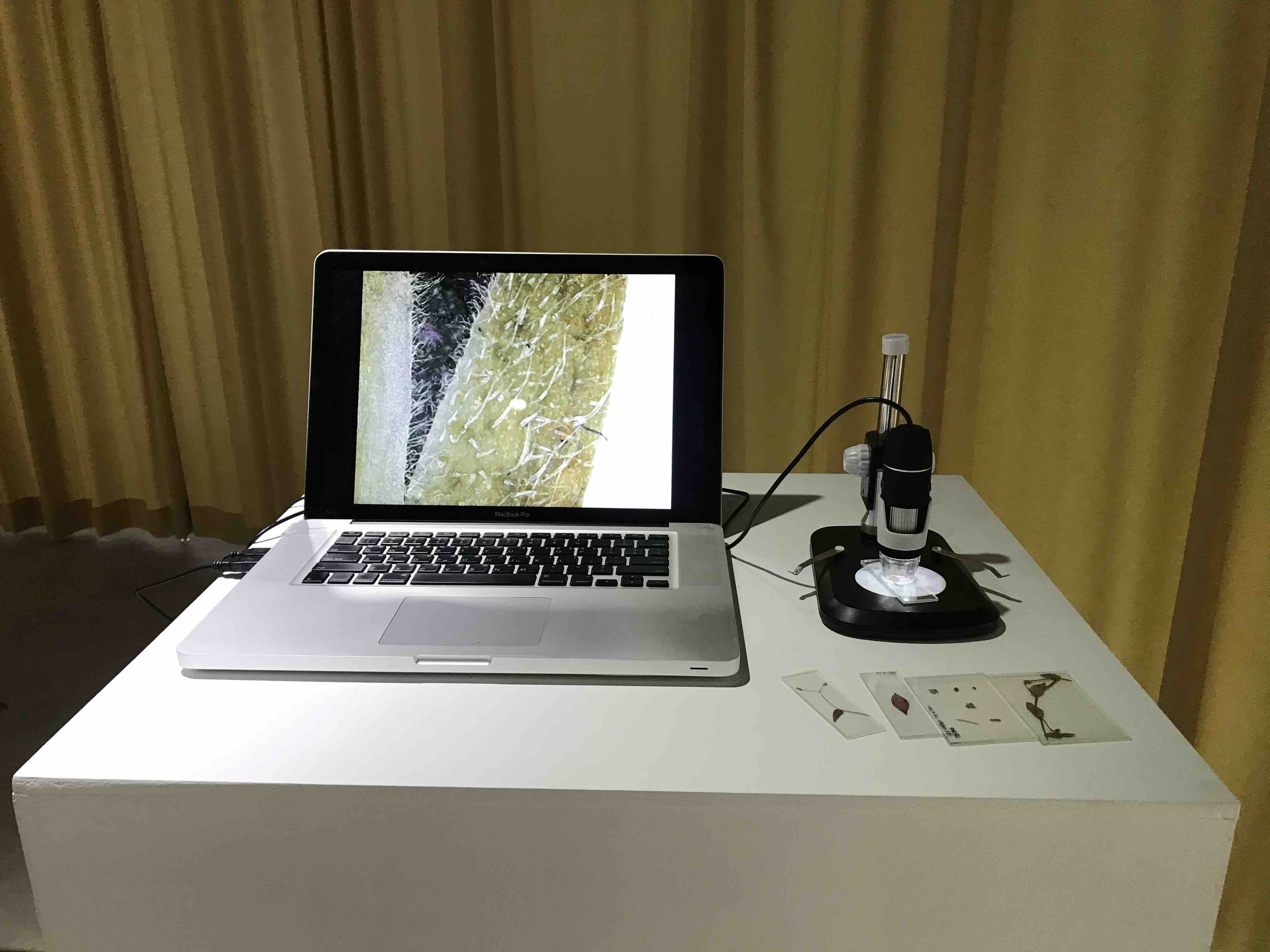
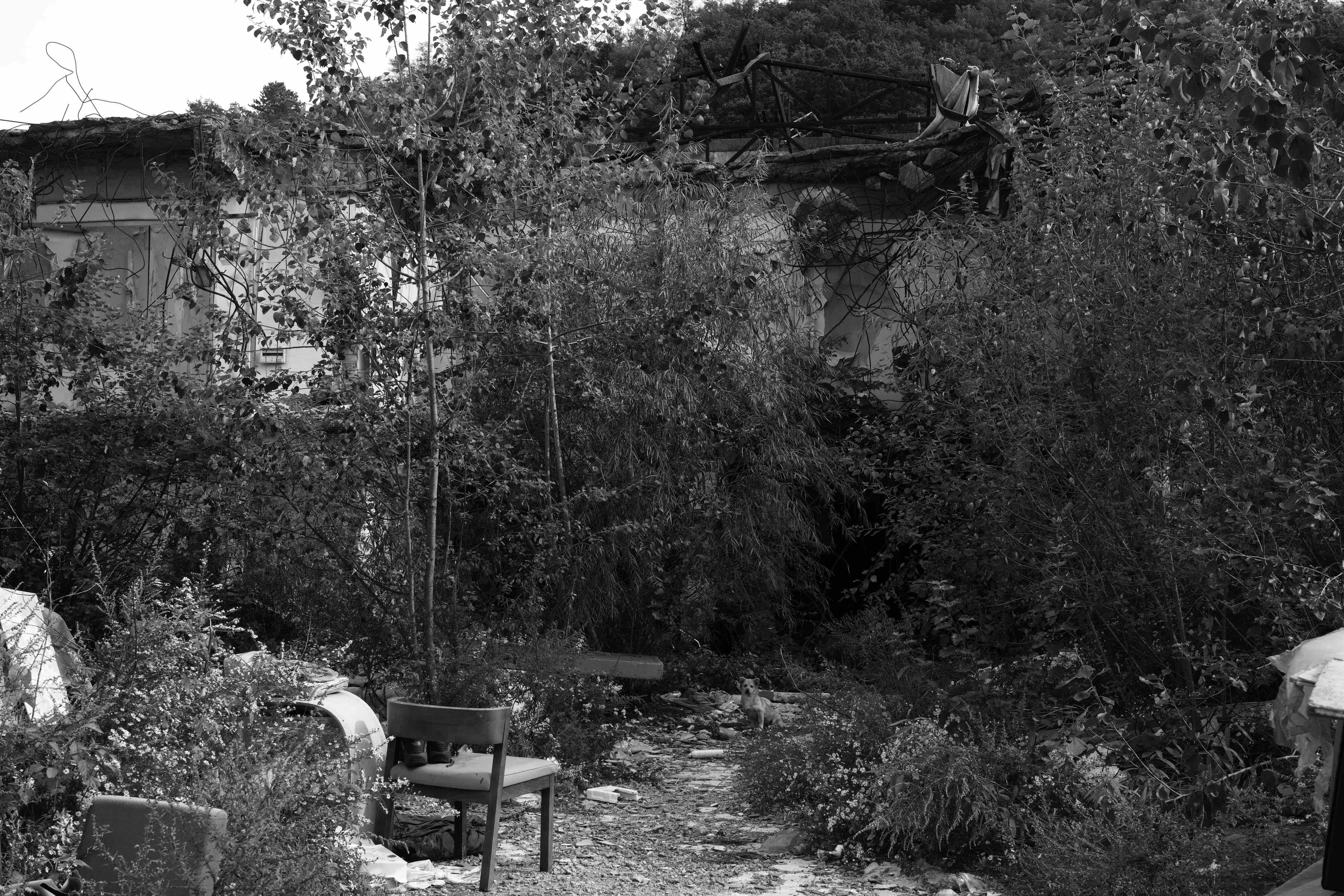
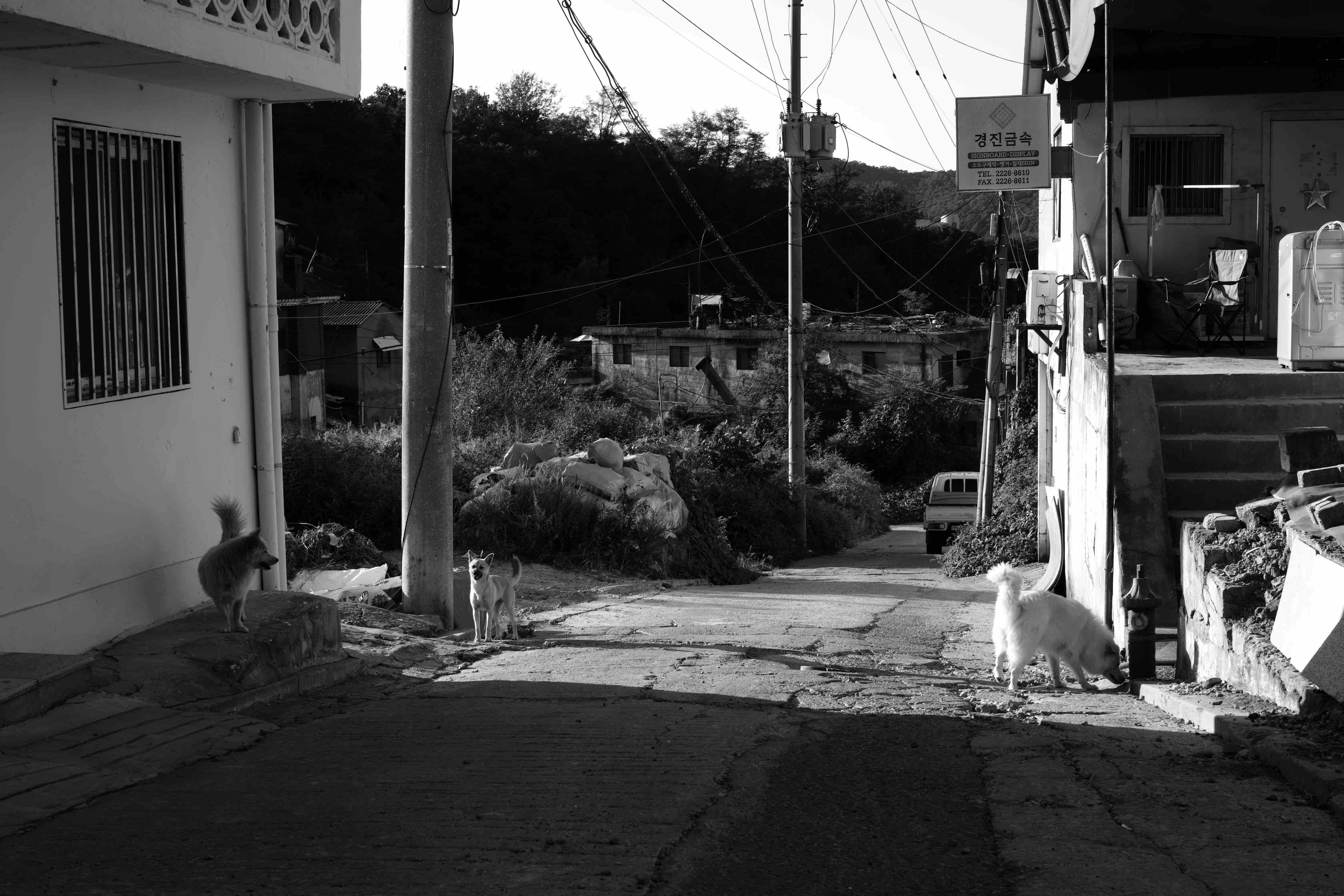
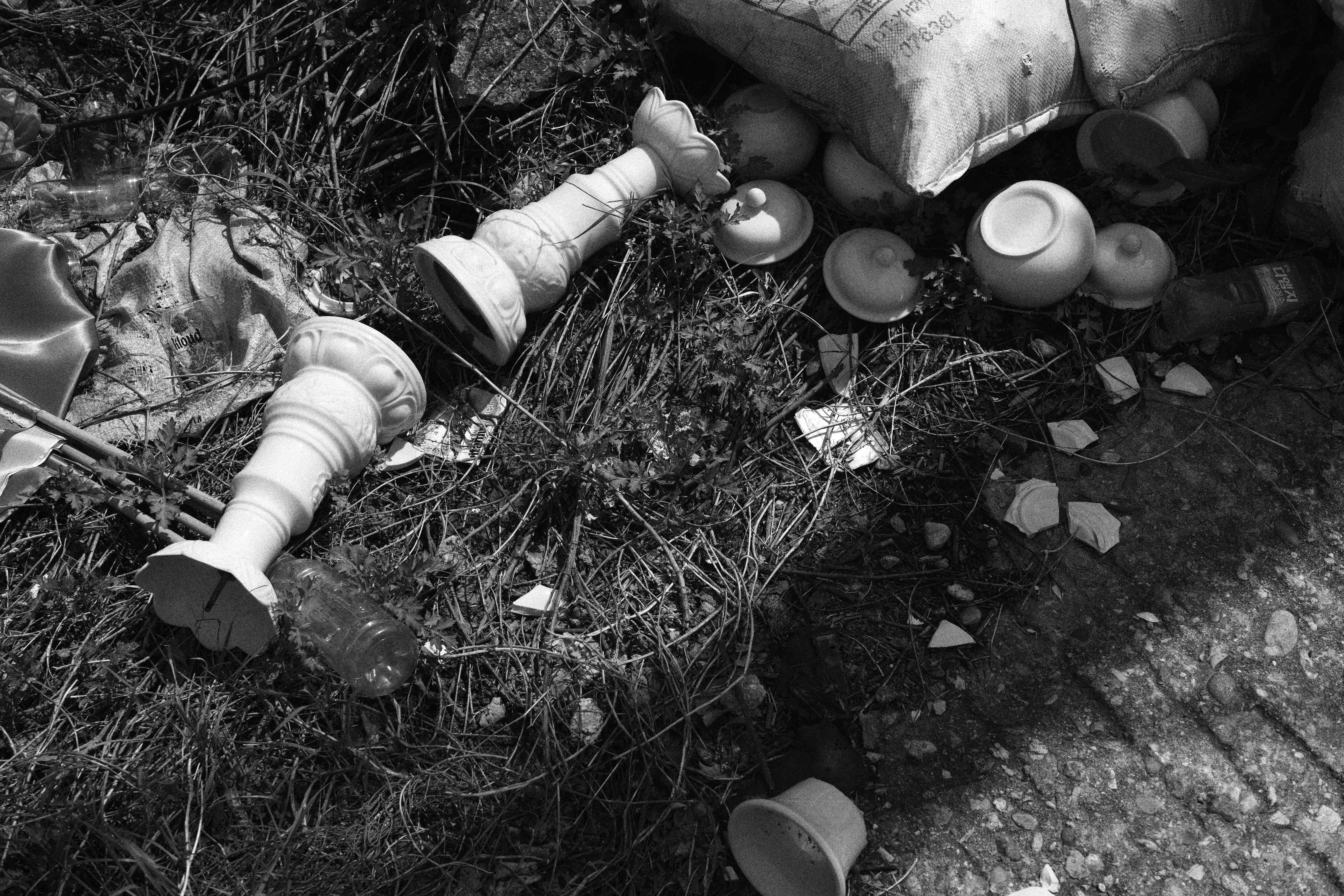
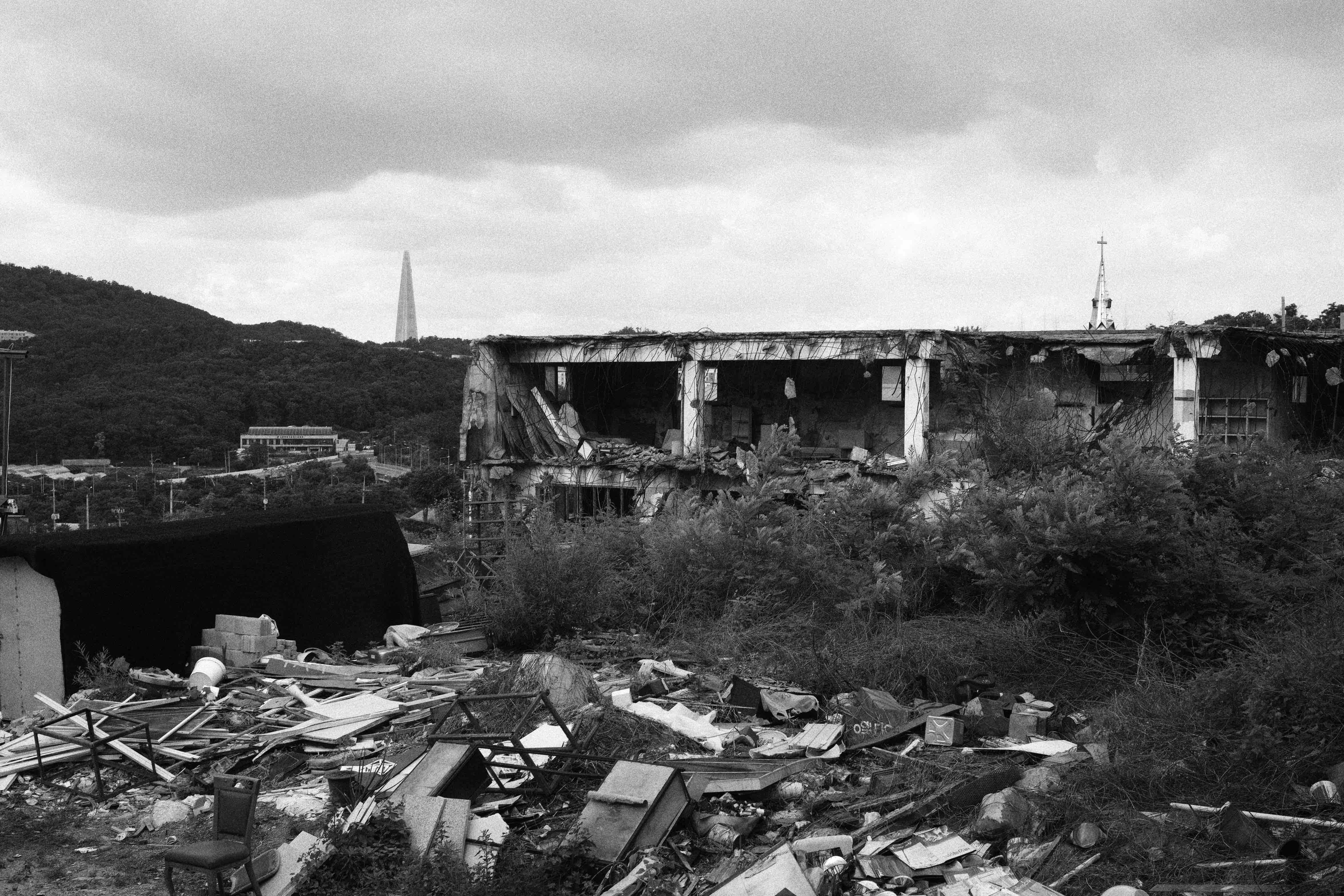
Artist’s Note
We live in capricious times. Everywhere we are pressured to keep pace with fads, and no less so in the art world. Artists, curators, and critics chase relevance by addressing popular topics, but these trends are ephemeral, and relevance itself a chimera. In this context, my exhibition The Long Now abandons “timely” topics in order to explore timeliness itself.
The exhibition was hosted in the Nakwon building in my native Seoul, Korea. An official piece of Korean architectural heritage, the Nakwon building is something of an oxymoron: the destruction of most Korean traditional architecture during the Japanese occupation and the Korean War means that most of our “historical architecture” was built in the last half-century. As an employee at an architectural firm that focuses on historical preservation, I am particularly sensitive to these contradictions, and chose the site as a way to question the relativity and paradoxes of timeliness.
Four artists participated in the exhibition, each bringing a unique perspective to the issue of timeliness. Jaekyung Jung’s documentary footage questions grand narratives of Korean history by juxtaposing a slum with its rich surroundings. Daniel Schine Lee’s fictionalized “archive” of 80s culture—assembled from imitation clothes and music that he produced specifically for this exhibit—questions the cynical manipulation of trend culture. Hyejoo Jun considers the timeliness of the microworld, offering dust particles from nearby cities and asking how our participation in the ever-changing landscape informs our sense of the present. Finally, Suyon Huh’s layered sculptures evoke iconography to suggest that meaning and beauty are the product of the accretion of time.
The uniting force of the exhibit's display is the pedestal. Traditionally the literal foundation of monuments, the pedestal has become structurally unnecessary in most buildings and statues. Today, therefore, it serves as a symbol of monumentality, rather than an essential part of monuments themselves. I chose to display each artwork on a pedestal in order to emphasize the same tension between artistic vainglory and the sands of time that led Percy Bysshe Shelly to write his famous poem, “Ozymandias.” Tiny gaps between the pedestals and the gallery floor purposefully evoke the unmoored feeling of the passage of time.
Ultimately, what I propose in The Long Now is measured hope. While the exhibition questions the pessimism of relentless fads, it does not dismiss the importance of relevance according to the conditions of each new generation. It is skeptical of the hubris of eternality, but also recognizes the need to look beyond the immediate present and into the distant future. Perhaps we will find this apparent paradox more tenable than either flippant transience or stubborn constancy.